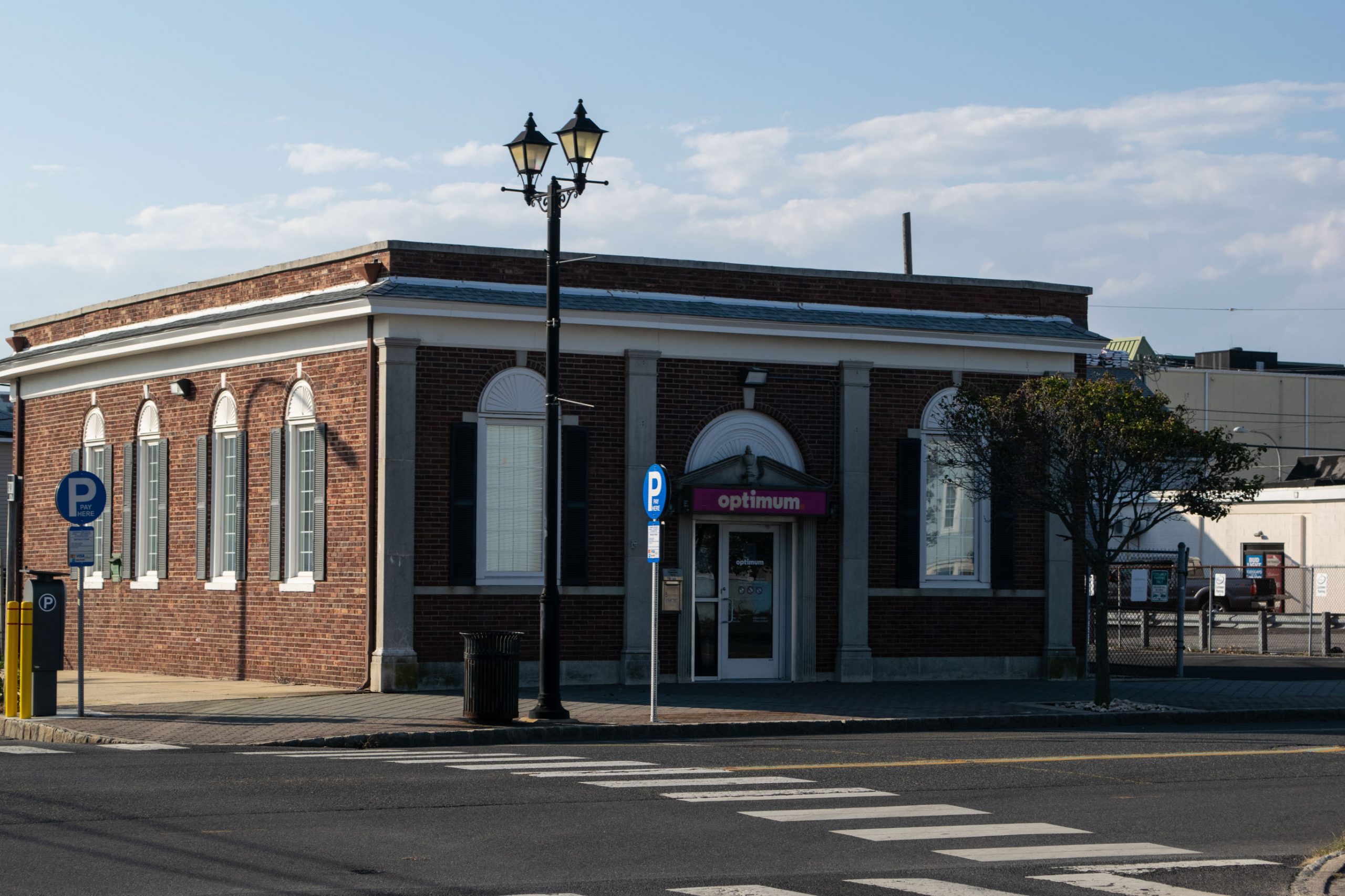Strolls on the Seaside Heights boardwalk aren’t just useful for a healthy morning walk or jog – they’re central to the borough’s tourism economy. The prospect of an upcoming dune and beach replenishment project has been cautiously welcomed by Seaside Heights officials, who have voiced support for the project alongside worry over the view of the Atlantic Ocean from the boardwalk as well as the size of the beach in relation to the engineered dune.
In recent weeks, borough officials met with representatives from the U.S. Army Corps of Engineers to pitch the idea of an underground, steel bulkhead revetment that could either lessen or replace the Corps’ engineered dunes as a means of shore protection.
“The Army Corps is listening to us, but the reality is that for them to accept [the pitch], they have to go through a full modification process,” said Borough Administrator Christopher Vaz. “Since Seaside is centrally located, they’re basically saying that could take a year or two, and they can’t stop the project.”
The borough will likely ask for a modification anyway, and revisit the issue after the dune project is completed.
“Two years from now, if the bulkhead makes sense, we could do that and push the dune toward the berm,” Vaz said.
In reality, it is unlikely the dune will fully block the view of the Atlantic Ocean. Vaz said the dunes in Seaside Heights will be built 18 feet high from the base elevation, meaning that from the boardwalk, the dunes would be about waist-high.
“They’ve accommodated Seaside Heights because of the tourist aspect,” Vaz said, explaining that 23 foot-high dunes were initially proposed.
To a great extent than the view, borough officials are worried about future funding for beach replenishment, and what businesses would be facing if the size of the berm in front of the dune shrinks during storms.
“Our fear is that we do the dune, and the beachfill project, but then by the fourth of fifth nor’easter, the beach is gone but the dune is there,” said Vaz. “Seaside Heights could be in a tough place, not having anywhere for the tourists to go.”

Advertisement

Police, Fire & Courts
Police Investigating Possible Shots Fired in Seaside Heights

Police, Fire & Courts
Cops: Juvenile Arrested After 118mph Joy Ride in Seaside Heights, Toms River Kills 2

Seaside Heights & Seaside Park
Seaside Heights Mourns Passing of Boardwalk Legend, Still Working Into His 90s









